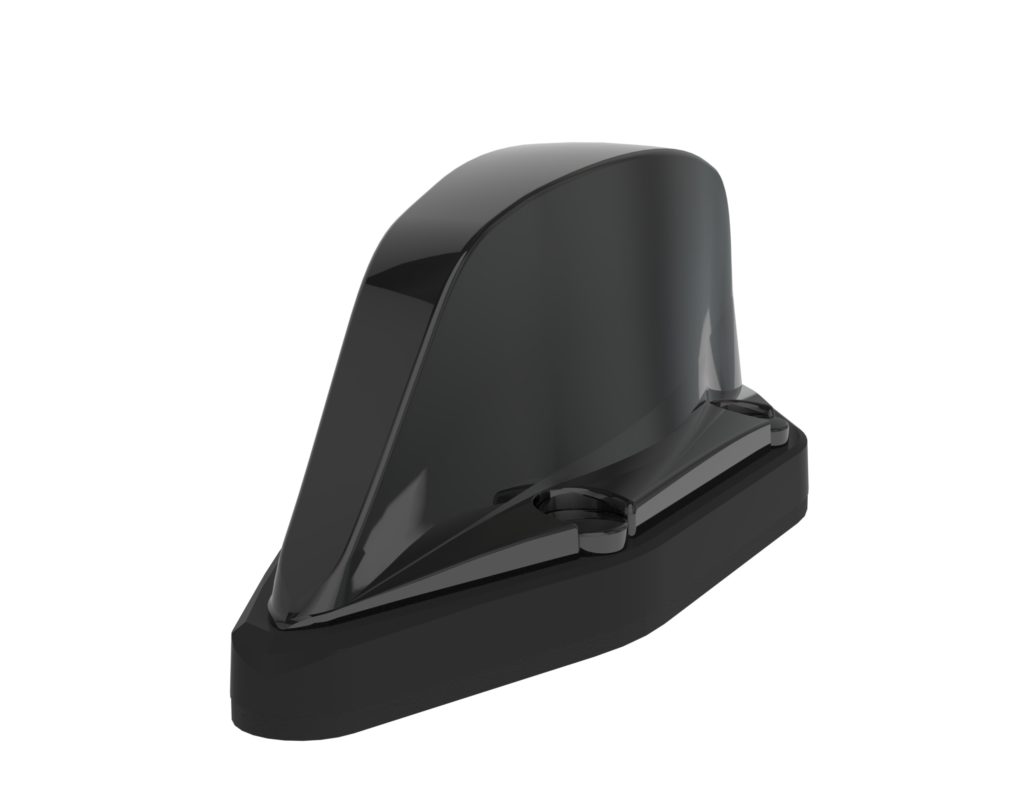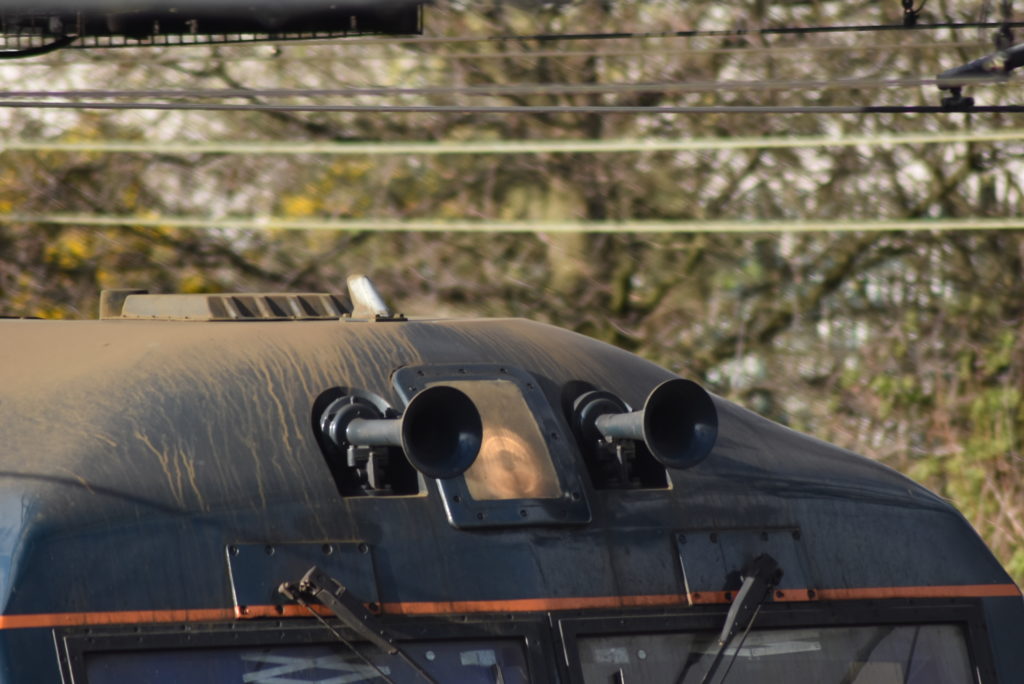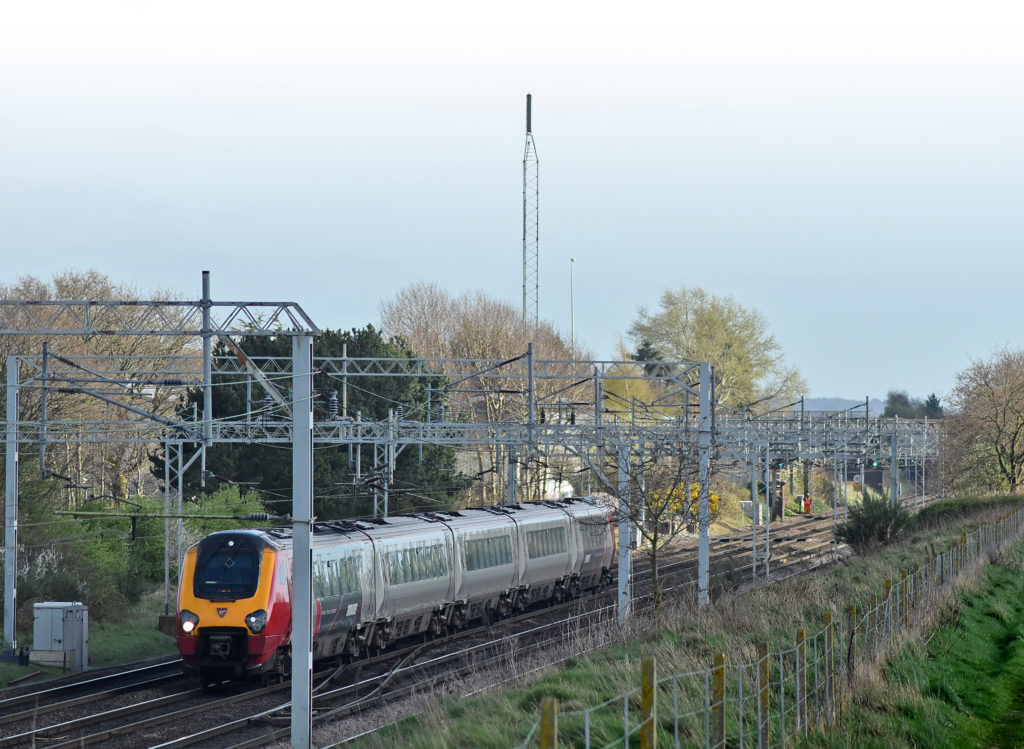Mobile internet connectivity on trains is now the expectation of most passengers. Data connectivity is also now essential for railway operations and maintenance, and will be even more important for in-cab signalling. But providing reliable cost-effective radio connectivity is not easy. It is like trying to guarantee continuous communications and of sufficient capacity for a moving street, and to a device located in a Faraday Cage – a metal box and barrier to electromagnetic signals. There are solutions such as onboard antennas, amplifiers and distribution, low signal-loss windows, and more fixed radio and/or Wi-Fi sites, but all at a cost.

Issues such as intermittent performance, dropped connections, slow data performance, blocking and handover at fast linespeeds are all too common. The systems must be designed for short bursts of high-capacity data demand and then little demand as the train moves along the line. A reliable internet connection service, all along a train route, requires a large investment. The traffic will be relatively low usage when averaged out compared to a commercial radio network.

Built on 5G
Radio systems can be private closed systems, such as the current GSM-R system for operational purposes, or public commercial systems operated by Mobile Network Operators (MNOs). It is MNOs who mostly provide the passenger internet experience today, via on-board Wi-Fi systems, supplemented with fixed Wi-Fi connections.
MNOs want to sell data, streaming and voice services anywhere they reasonably can. Train operators and governments want to provide gigabit speeds for passengers, but how is it going to be funded? What level of train connectivity coverage is economically and technical feasible?
The current GSM-R system has a huge number of radio sites located trackside, but carries relatively little radio traffic compared to MNO systems. GSM-R is a huge national asset which cost in the order of £500m plus fibre costs, and while it has been very successful for rail operations, could the investment of thousands of radio sites and connecting fibre be put to better use for railway operational purposes and passenger use?

The Future Railway Mobile Communication System (FRMCS) is the future worldwide telecoms system designed by the UIC (the worldwide professional railway association) and will be based on the 5G standard. FRMCS is intended to be another private network and the successor to GSM-R for operational communications, but it will also have the capability to provide mobile connectivity for passengers. FRMCS is not likely to be rolled out for some time and it is not clear how it will be funded as the costs will be huge.
Before GSM-R was introduced, Railtrack considered a radio system known as DART (Digital Advanced Radio for Trains). This was to be based on a public MNO network, but the technology at the time could not provide the required railway functionality and coverage; it also proved difficult to overcome the commercial issues. However, 25 years later, technology has moved on. So, could a public/private network solution now be the answer?
Network slicing, neutral hosting
The 5G standard has three major design goals:
Enhanced Mobile Broadband (eMBB) – up to 20Gbit/s data download to users and data upload up to 10Gbit/s, with a typical rate of 100Mbit/s for 95% of the time
Ultra Reliable Low Latency Communications (URLLC) – 99.999% reliability with a latency (the time needed to transport data from a sender to a receive) of 1ms
Massive Machine-Type Communications (mMTC) – 1,000,000 devices users/km2.

But as well as a huge leap in speed, reliability and throughput of data along with low latency, 5G also introduces ‘network slicing’ and ‘neutral hosting’. With network slicing, MNOs can create multiple virtual networks – or network ‘slices’ – which can be used for distinct applications with specific requirements. Therefore, an option for the replacement of GSM-R could be based on network slicing and with a MNO providing a guaranteed level of service for rail, but using their physical network, supplemented with railway radio sites. The MNO could then also provide connectivity for other rail applications, such as for passengers using their network.
Network slicing is built into the 5G standard, so operators can create thousands of virtual, independent networks within the same physical network that connect from the device through to the application. So they could serve an ETCS Radio Block Controller (RBC) with a connection for train Movement Authority (MA) and for a passenger to download a video, all from the same MNO network. The MNO would be able to guarantee service levels and security as if they were distinct private networks. The ETCS RBC link would require a low latency and ultra-reliable slice for train, whereas the slice for the infotainment video would require higher bandwidth but would have less need for low latency.
The creation and update of slices would be dynamic and could be done quickly with the aid of automation. So, in an incident situation, a network slice could also be dedicated to emergency services enabling them to use their push-to-talk radio application and drone video monitoring over the same physical network, without problems of congestion caused by passers-by trying to live stream the event on social media.

Neutral host network solutions are a mixture of private and public networks. Neutral host networks are intended for MNOs in heavy footfall areas, such as sport stadiums, large stations, airports, shopping centres and so on. Instead of each MNO operating its own radio base station antenna network, a ‘neutral’ party builds and operates a radio base station antenna network and the participating MNO(s) share the physical network and deploy their own spectrum across it.
The challenges
For a variety of reasons, nothing has yet developed at scale in the UK at least, even though there is some activity for sports stadiums and shopping centres. But could the concept be used in rail, with the extensive railway network of radio sites shared with an MNO and the MNO providing FRMCS and rail passenger connectivity? The cost saving potential for the neutral host model is obvious, but the difficulties in terms of the classic MNO and railway business models, and who would be responsible for what, would be a challenge.
There would be major contractual responsibilities to be overcome. Could MNOs be incentivised to work together on a neutral host solution? What would be the commercial model and who will fund, contribute, manage and take the risks from shared infrastructure? Public radio networks are typically renewed every ten years, but rail expect their system to last a lot longer and GSM-R is likely to be in service for over 25 years. So, what happens when a neutral host solution needs to be replaced in ten years? Who takes the risk when things go wrong?

Passengers and train operators want better connectivity now and already some operators are looking to provide their own private 5G networks. FirstGroup carried out a trial of a Blu Wireless 2.5Gbps train connectivity solution on the Isle of Wight at the end of 2020 using the 82-year-old Class 483 trains on the Island Line: a case of oldest trains on the network and state of the art radio.
FirstGroup say the system is capable of delivering 2.5Gbps for passenger and train connectivity with probably more to come. The trial took place on a ten-mile stretch of the Island Line with the trains equipped with antennas on the front and rear roof sections. Masts were located every 400m to 2km – depending on the topology of the track – to deliver ‘line of sight’ beam-forming to the train. The lineside basestations were connected by a single fibre cable and only required 40W of power, but in future the basestations will be self-powered.
So, is the future for rail private 5G networks for passenger and train use, along with a private FRMCS 5G system for operational voice and signalling data, or can governments, MNOs and the rail industry plan and benefit from network slicing and neutral host network railway communication infrastructure sharing? It will be interesting to see what develops. GSM-R will not be supported after 2030 and with passengers and operators expecting better connectivity now, things need to be decided soon.

